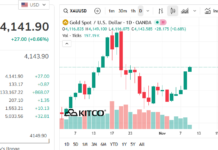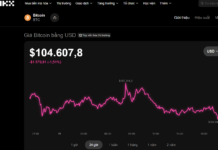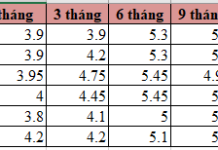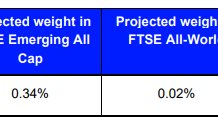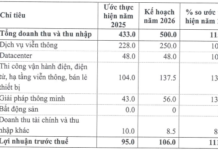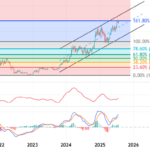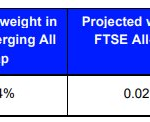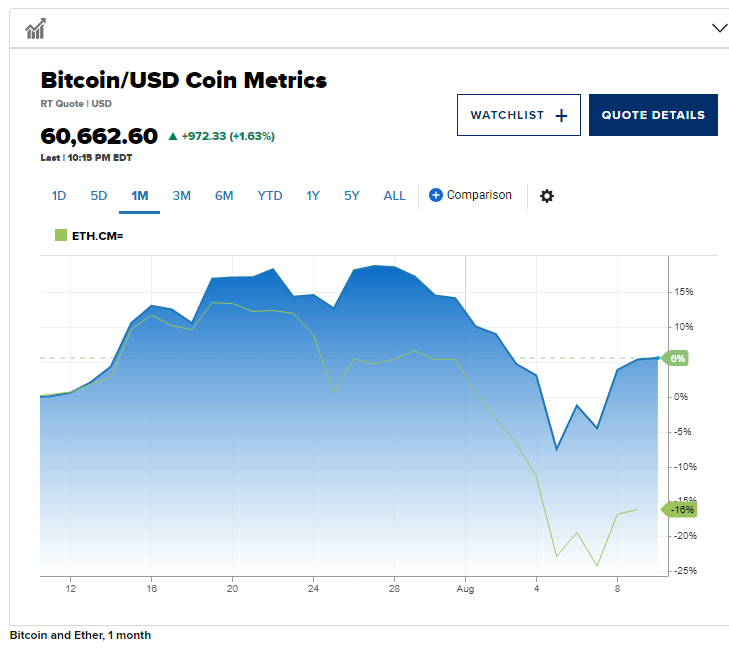The concept of cryptocurrency dates back to the late 20th century, with precursors like DigiCash by David Chaum and Wei Dai’s B-money. In 2008, Satoshi Nakamoto introduced Bitcoin through a groundbreaking paper titled “Bitcoin: A Peer-to-Peer Electronic Cash System.” Bitcoin’s launch in 2009 marked the beginning of the blockchain era. Utilizing a decentralized ledger system supported by encryption, Bitcoin offered a censorship-resistant means of exchange. Its limited supply of 21 million units and deflationary nature positioned it as an alternative to traditional fiat systems, especially during the global financial crisis.
Bitcoin’s success spurred the development of alternative cryptocurrencies like Litecoin (in 2011), Ripple (in 2012), and Ethereum (in 2013). Each aimed to address specific limitations of Bitcoin. Subsequently, non-fungible tokens (NFTs) emerged as a breakthrough application of blockchain technology.
On May 22, 2010, the first commercial Bitcoin transaction took place when programmer Laszlo Hanyecz bought two Papa John’s pizzas for 10,000 Bitcoin. Since then, Bitcoin has reached a record high of over 121,209 USD.

Introduced on October 31, 2008, Bitcoin has since reached a record high of over 121,209 USD. Illustration
|
Why are digital assets attractive?
Digital assets are no longer just a trend; they are gaining traction as a viable investment channel due to their numerous advantages. First and foremost is the potential for high returns. This is one of the most appealing aspects of crypto. Over the past decade, early investors in Bitcoin or Ethereum have witnessed exponential growth in their portfolios. For instance, Bitcoin’s price surged from under 1 USD in 2010 to over 100,000 USD in recent years, turning many individuals into millionaires. This volatility has attracted investors who view crypto as an opportunity to build wealth or grow their assets faster than with traditional investments.
Secondly, unlike traditional currencies controlled by central banks and governments, crypto is decentralized, meaning no single entity can exert control. Additionally, digital assets, particularly major cryptocurrencies like Bitcoin and Ethereum, offer high liquidity. Transactions can sometimes be completed in mere seconds due to the global 24/7 trading market. Compared to other investments like real estate or stocks, the ability to access and liquidate investments at any time is a significant advantage.
However, digital assets also come with drawbacks. While the potential for high returns is a significant selling point for crypto, it’s a double-edged sword. It’s not uncommon for the value of a cryptocurrency to fluctuate by 20% or more in a single day. Bitcoin’s trading history has witnessed several significant crashes. For example, in 2021, Bitcoin reached an all-time high of around 69,000 USD before plummeting to 30,000 USD just a few months later.
The lack of a clear legal framework also poses risks for digital assets. Crypto operates in a relatively unregulated space, which some view as a benefit, but it exposes investors to considerable risks. Without regulatory oversight, there is no safety net to protect investors from fraud, cyber-attacks, or sudden market shifts.
While blockchain technology is considered highly secure, the platforms and exchanges where people buy and store cryptocurrencies can be vulnerable. Attacks and security breaches have resulted in the theft of millions of dollars worth of digital assets. It’s also worth noting that the future of crypto is uncertain. While some believe it is the future of currency, others are skeptical, viewing it as a speculative bubble that could burst at any time. Government regulations, technological advancements, or even a significant attack could severely impact the long-term viability of these assets.
Are investors becoming more open to digital assets?
Digital assets are indeed becoming a popular investment channel. Individual investors are increasingly considering digital assets as a crucial component of their overall asset strategy and plan to invest more in the next 2-3 years.
A survey by EY-Parthenon (July 2024) involving over 1,000 individual investors revealed that 64% had invested in digital assets or related products, and 69% planned to increase their allocations to digital assets in the next 2-3 years. On average, 72% of those who had invested in digital assets considered them an important part of their wealth-building strategy.
Moreover, investors are not just holding digital assets but also engaging in a range of more “active” use cases. From 2022 to 2024, there was an increase in the use of digital assets for purposes such as staking (up 16%), interacting with decentralized finance (DeFi) platforms (up 17%), and payments (up 6%).
While crypto and FinTech companies have made significant strides, investors still desire broader engagement and service offerings from traditional financial (TraFi) companies in the crypto space. Approximately 75% of investors plan to seek professional financial advice about crypto, and there is a general preference for engaging with traditional firms to integrate digital assets into their overall investment portfolio strategies.
85% of individual investors are interested in having their asset and estate planners incorporate crypto into their overall strategies. The desired services include asset management, fund access, wallet and trading capabilities, payment support, and more.
The figures above highlight the growing interest in digital assets as a significant investment channel. The evolution of this asset class is also driven by a cultural shift. Younger generations, more familiar with technology, are gradually representing a larger portion of global wealth, increasing the demand for digital assets. Millenials, Generation Z, and the upcoming Gen Alpha are more likely to invest in and use digital assets than their predecessors.
 It’s not just individual investors; institutional investors are also paying more attention to digital assets. Illustration
|
Institutional investors are not immune to this trend.
The rising demand from individual investors is creating new opportunities for asset managers, banks, traders, and crypto-focused companies. In recent years, financial institutions have increasingly recognized crypto as a legitimate asset class. Major financial institutions like Goldman Sachs and Fidelity have embraced Bitcoin and other cryptocurrencies, offering their clients new investment options.
|
The survey, conducted in January 2025, gathered responses from 352 institutional investors worldwide, primarily from the US and Europe, with assets under management (AUM) of over 1 USD. |
According to an in-depth survey by Coinbase and EY-Parthenon, focusing on the perspectives of institutional investors towards digital assets, 86% of the surveyed institutional investors already had or planned to allocate capital to digital assets in 2025.
In 2025, 59% of the surveyed institutions planned to allocate more than 5% of their assets under management (AUM) to crypto. The surveyed investors considered digital assets for the following reasons: 59% expected higher returns compared to other asset classes, 49% viewed it as an investment in innovative technology, 41% saw it as a hedge against inflation, 36% valued its low correlation with other assets, 35% were interested in participating in decentralized finance (DeFi), and 35% sought yield-generating opportunities.
Vietnam has 17-20% of its population holding digital assets, ranking among the top countries globally (the global average is around 5-6.5%). With an estimated 100 billion USD worth of digital assets owned and traded annually, digital assets are considered a “launchpad” for Vietnam’s digital economy.
Recent legal advancements signal a push to promote the digitization and tokenization of assets to create new capital-raising channels in Vietnam, backed by legal protection. In late 2024, the Vietnamese government issued directives, recognizing blockchain as the third most important technology for the country’s growth.
Digital assets have also been acknowledged and protected by Vietnam’s National Assembly through the Law on Digital Technology Industries. This move brought an estimated 21 million Vietnamese digital asset investors out of a legal gray area.
– 08:00 29/07/2025
“Mastercard: Stablecoins Not Yet Viable as Common Payment Tools”
“Stablecoins have immense untapped potential with their high speed, round-the-clock operability, low costs, programmability, and immutability. However, there’s more to be done to make stablecoins a viable payment instrument. “
“The Crypto Report for August 2025 (Part 1): The Long-Term Uptrend Remains Intact”
The world of cryptocurrency is ever-evolving, and keeping abreast of market trends is crucial for investors. This analysis delves into the trends and behaviors of prominent cryptocurrencies that are on the radar of discerning investors. The insights provided herein offer a valuable reference point for both short-term trades and long-term investment strategies.
“When Blockchain and Digital Assets Tap the Financial Nervous System”
“Cryptoassets, once deemed ‘heretical’, are now marching into the mainstream financial system. From JPMorgan embracing crypto for repo transactions to BlackRock launching its first tokenized fund and the Monetary Authority of Singapore (MAS) building an entire on-chain financial platform, the integration is evident and accelerating.”
What Type of Digital Currency Should Vietnam Choose for its Pilot Program on Digital Asset Exchanges?
“When it comes to selecting digital assets for a pilot, our experts recommend focusing on liquidity, popularity, and other factors such as stock exchange listings. These criteria ensure a strategic and data-driven approach to choosing the right assets for your specific needs.”







